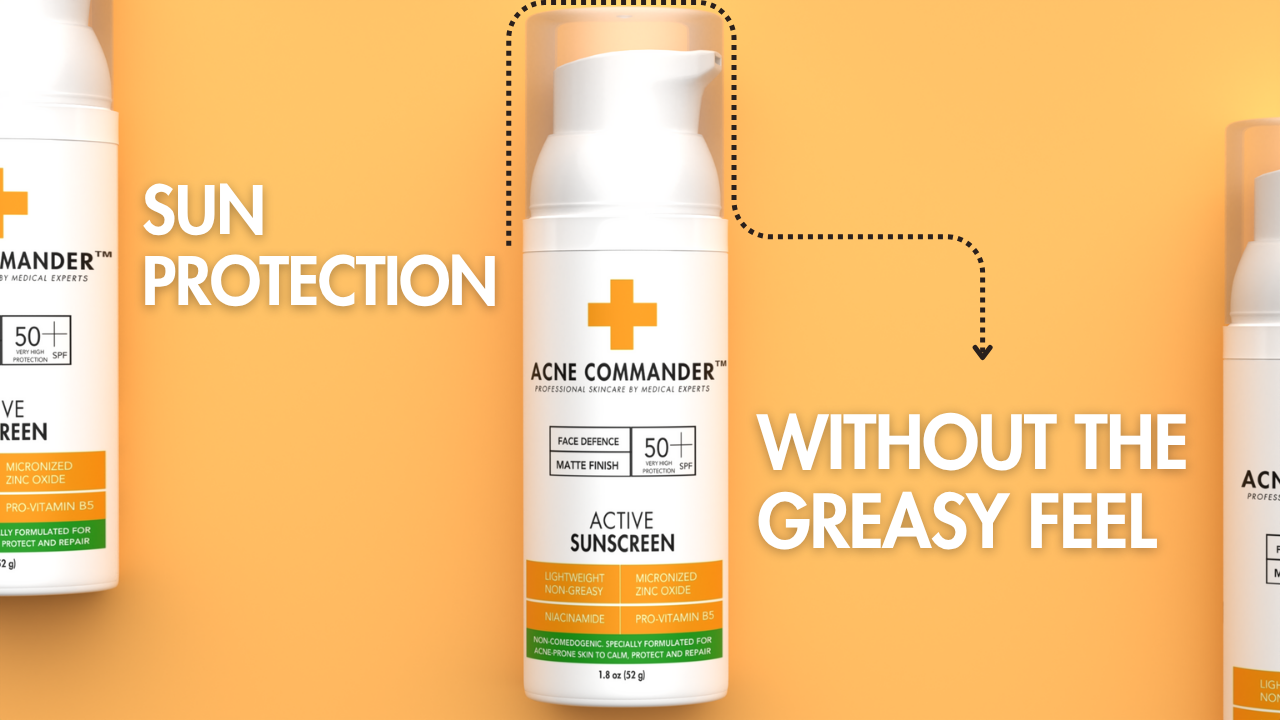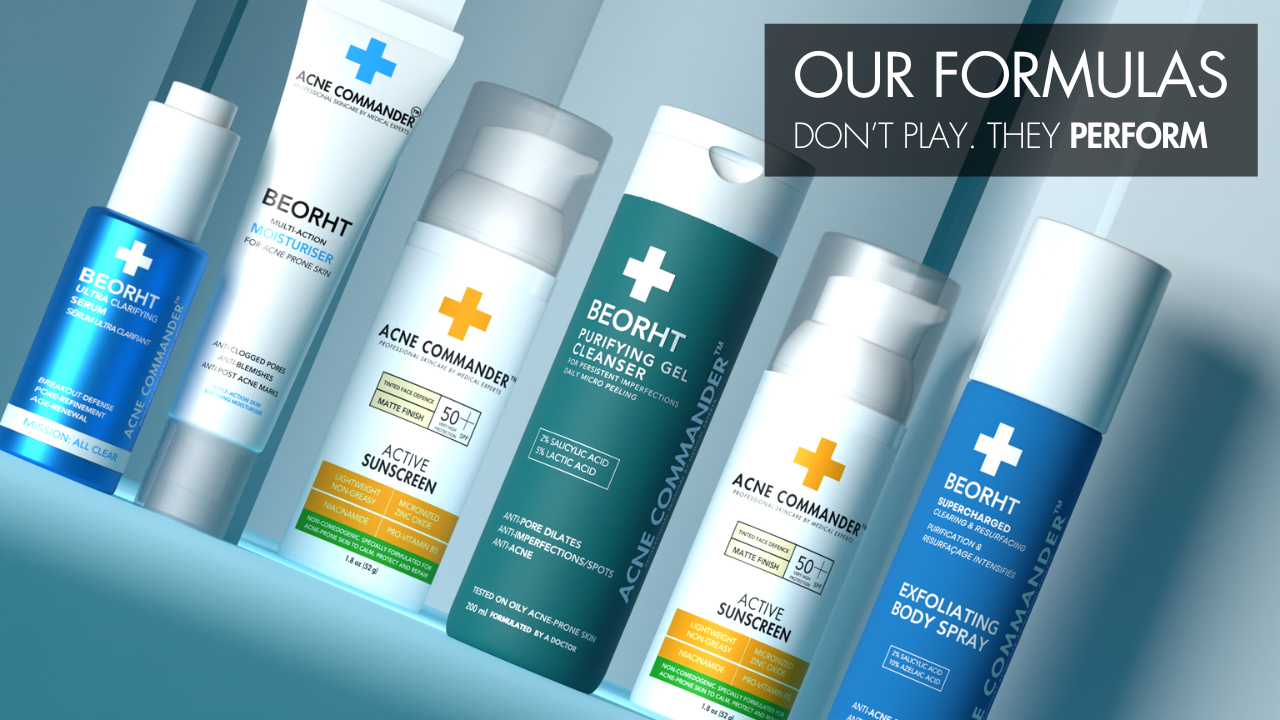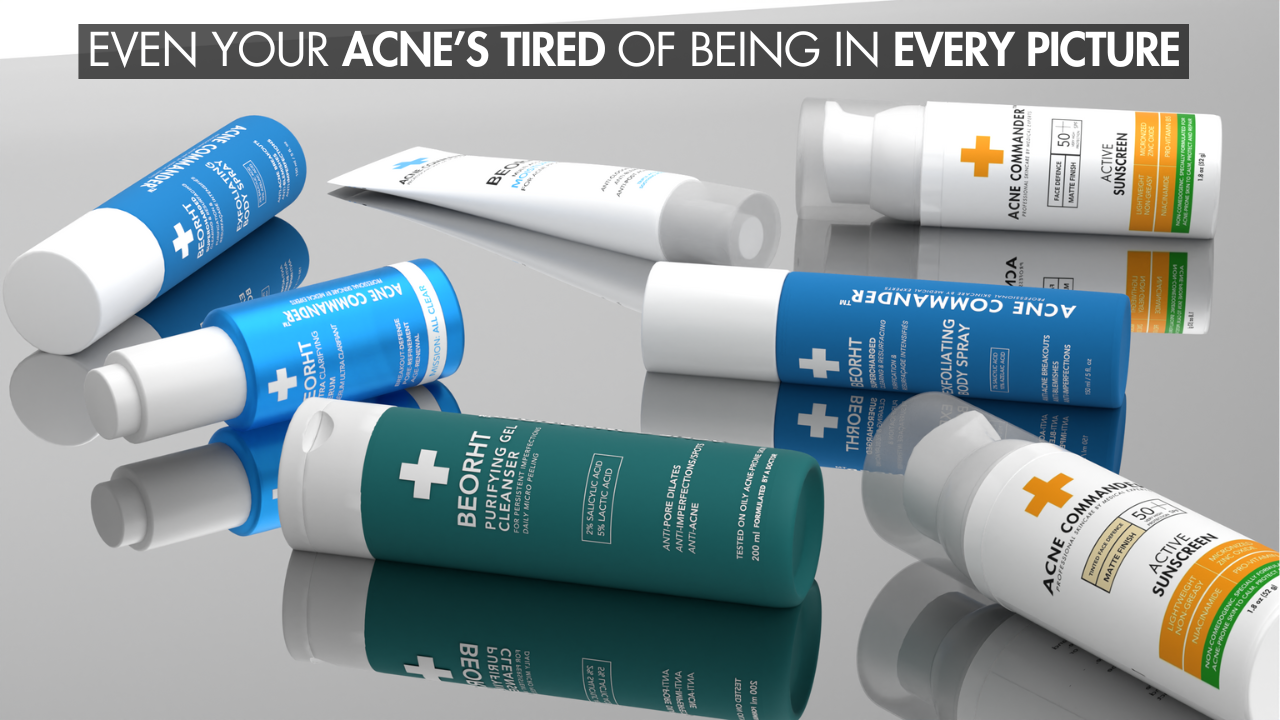Salicylic acid has long been a trusted ingredient for treating acne, but a new variant is starting to make waves in the skincare world: Capryloyl Salicylic Acid (CSA). This innovative derivative of Salicylic Acid offers a gentler, yet still effective, approach to treating acne and improving skin texture. But how does it differ from regular Salicylic Acid, and why is it a promising option for acne-prone skin?
In this article, we will explain what Capryloyl Salicylic Acid is, how it differs from regular Salicylic Acid, and why it’s a fantastic choice for acne-prone and sensitive skin.
What is Capryloyl Salicylic Acid (CSA)?
Capryloyl Salicylic Acid is a modified form of Salicylic Acid, created by combining Salicylic Acid with Capryloyl, a fatty acid derived from coconut oil. This combination creates a more lipophilic (fat-soluble) version of salicylic acid, which allows it to penetrate the skin more effectively and gently than traditional Salicylic Acid. The formulation also helps enhance the exfoliating properties of the acid while minimizing irritation.
Capryloyl Salicylic Acid is typically used in acne treatments, as it offers the benefits of Salicylic Acid but with improved skin tolerance, making it ideal for those with sensitive or acne-prone skin.
How Does Capryloyl Salicylic Acid Differ from Regular Salicylic Acid?
Here are the main differences between Capryloyl Salicylic Acid and regular Salicylic Acid:
Penetration:
-
Regular Salicylic Acid is a water-soluble compound, which means it primarily works on the surface of the skin, exfoliating the outer layers. It’s excellent for unclogging pores and treating acne that is visible on the surface.
-
Capryloyl Salicylic Acid, on the other hand, is fat-soluble, allowing it to penetrate deeper into the skin’s layers. This deeper penetration allows it to work effectively on congested pores and inflammatory acne beneath the surface.
Exfoliation:
-
Regular Salicylic Acid works by exfoliating the skin’s surface, breaking down the bonds between dead skin cells, and promoting cell turnover. It is great for blackheads, whiteheads, and mild acne.
-
Capryloyl Salicylic Acid offers the same exfoliating benefits but is gentler due to its ability to penetrate the skin more slowly. This reduces the risk of irritation, making it ideal for sensitive skin that can’t tolerate regular Salicylic Acid.
Anti-inflammatory:
-
While Salicylic Acid is already known for its anti-inflammatory properties, Capryloyl Salicylic Acid has been found to have enhanced anti-inflammatory effects, making it ideal for acne-prone skin that tends to become red, irritated, or inflamed.
Skin Tolerance:
-
Regular Salicylic Acid can be drying or irritating, especially for those with sensitive or dry skin. It can cause peeling or redness if overused or applied in higher concentrations.
-
Capryloyl Salicylic Acid is typically less irritating, which makes it a better option for sensitive skin types. It offers similar benefits to Salicylic Acid, but with less irritation and dryness, especially in people with sensitive acne-prone skin.
Benefits of Capryloyl Salicylic Acid for Acne
Capryloyl Salicylic Acid offers multiple benefits for acne-prone skin, particularly for individuals who struggle with inflammation, sensitive skin, or congestion. Here are some of its key benefits:
Gentle Exfoliation: CSA provides gentle exfoliation, helping to slough off dead skin cells and clear pores without causing the irritation or excessive dryness that traditional Salicylic Acid can cause.
Deeper Penetration: Being fat-soluble, CSA can reach the deeper layers of the skin, making it more effective for treating deeper acne such as cystic acne or under-the-skin pimples that are often difficult to treat.
Reduces Inflammation: CSA has enhanced anti-inflammatory properties, which help calm redness and swelling associated with active acne, especially for those with inflammatory acne or rosacea.
Improves Skin Texture: CSA helps improve the overall texture of the skin by increasing cell turnover, reducing the appearance of acne scars, and promoting smoother, clearer skin over time.
Suitable for Sensitive Skin: Because Capryloyl Salicylic Acid is less irritating than regular Salicylic Acid, it’s ideal for sensitive and rosacea-prone skin that cannot tolerate stronger exfoliating agents.
How to Use Capryloyl Salicylic Acid in Your Acne Routine
If you’re ready to incorporate Capryloyl Salicylic Acid into your acne treatment routine, here’s how to do it effectively:
Cleansing: Start with a gentle, non-stripping cleanser to remove dirt, oil, and makeup without irritating the skin.
Toning or Serum: Apply a serum or treatment containing Capryloyl Salicylic Acid. This will help to target acne, regulate oil production, and exfoliate gently. For example, Beorht Moisturiser For Acne Prone Skin combines CSA with other acne-fighting ingredients like Salicylic Acid and Zinc PCA to promote clear skin.
Moisturizing: Follow up with a moisturizer to maintain hydration. Look for a non-comedogenic, oil-free moisturizer to prevent clogged pores.
Sun Protection: Always apply a sunscreen during the day, as exfoliating agents like Capryloyl Salicylic Acid can make your skin more sensitive to the sun.
Explore detailed information for Acne Commander's Beorht Moisturiser For Acne Prone Skin. Click Here
Frequently Asked Questions (FAQs)
Q1: What’s the difference between Capryloyl Salicylic Acid and regular Salicylic Acid?
Capryloyl Salicylic Acid is fat-soluble, allowing it to penetrate deeper into the skin and offer gentler exfoliation and enhanced anti-inflammatory benefits compared to regular Salicylic Acid, which is water-soluble and works primarily on the surface of the skin.
Q2: Can Capryloyl Salicylic Acid be used for cystic acne?
Yes, Capryloyl Salicylic Acid is effective for deeper acne such as cystic acne, as it can penetrate deeper into the skin and help unclog pores and reduce inflammation.
Q3: Is Capryloyl Salicylic Acid less irritating than regular Salicylic Acid?
Yes, Capryloyl Salicylic Acid is generally less irritating and gentler on the skin compared to regular Salicylic Acid, making it a good option for sensitive skin.
Q4: How often should I use Capryloyl Salicylic Acid?
Start with using Capryloyl Salicylic Acid 2-3 times a week, gradually increasing frequency as your skin builds tolerance. Always follow with a moisturizer to prevent dryness.
Q5: Is Capryloyl Salicylic Acid suitable for sensitive skin?
Yes, Capryloyl Salicylic Acid is ideal for sensitive acne-prone skin due to its gentler exfoliating properties and reduced risk of irritation compared to Salicylic Acid.
Q6: Can Capryloyl Salicylic Acid be used with other acne treatments?
Yes, Capryloyl Salicylic Acid can be used alongside other acne treatments. However, it’s best to avoid combining it with strong exfoliants to prevent over-exfoliation.
Q7: Can I use Capryloyl Salicylic Acid in the morning?
Yes, you can use it in the morning. However, if using in the morning, always follow with a sunscreen since exfoliating agents can increase sun sensitivity.
Q8: How long before I see results from Capryloyl Salicylic Acid?
It typically takes 4-6 weeks to see noticeable improvements, as Capryloyl Salicylic Acid works gradually to clear acne and improve skin texture.
Q9: Is Capryloyl Salicylic Acid suitable for all skin types?
Capryloyl Salicylic Acid is especially great for sensitive, acne-prone skin, but it can be used by most skin types. It’s less drying than regular Salicylic Acid, making it a good option for dry skin too.
Q10: Does Capryloyl Salicylic Acid help with acne scars?
Yes, Capryloyl Salicylic Acid can help improve skin texture and reduce the appearance of acne scars by promoting cell turnover and reducing inflammation.
Conclusion
Capryloyl Salicylic Acid offers an advanced, gentler alternative to regular Salicylic Acid for treating acne. Its ability to penetrate deeper into the skin and reduce inflammation makes it an ideal choice for those with sensitive acne-prone skin. Whether you’re dealing with deep, cystic acne or surface-level breakouts, Capryloyl Salicylic Acid can help clear skin and improve texture without causing irritation.
Ready to try Capryloyl Salicylic Acid? Choose Beorht Moisturiser For Acne Prone Skin, which combines CSA with other acne-fighting ingredients to promote clearer, smoother skin.






